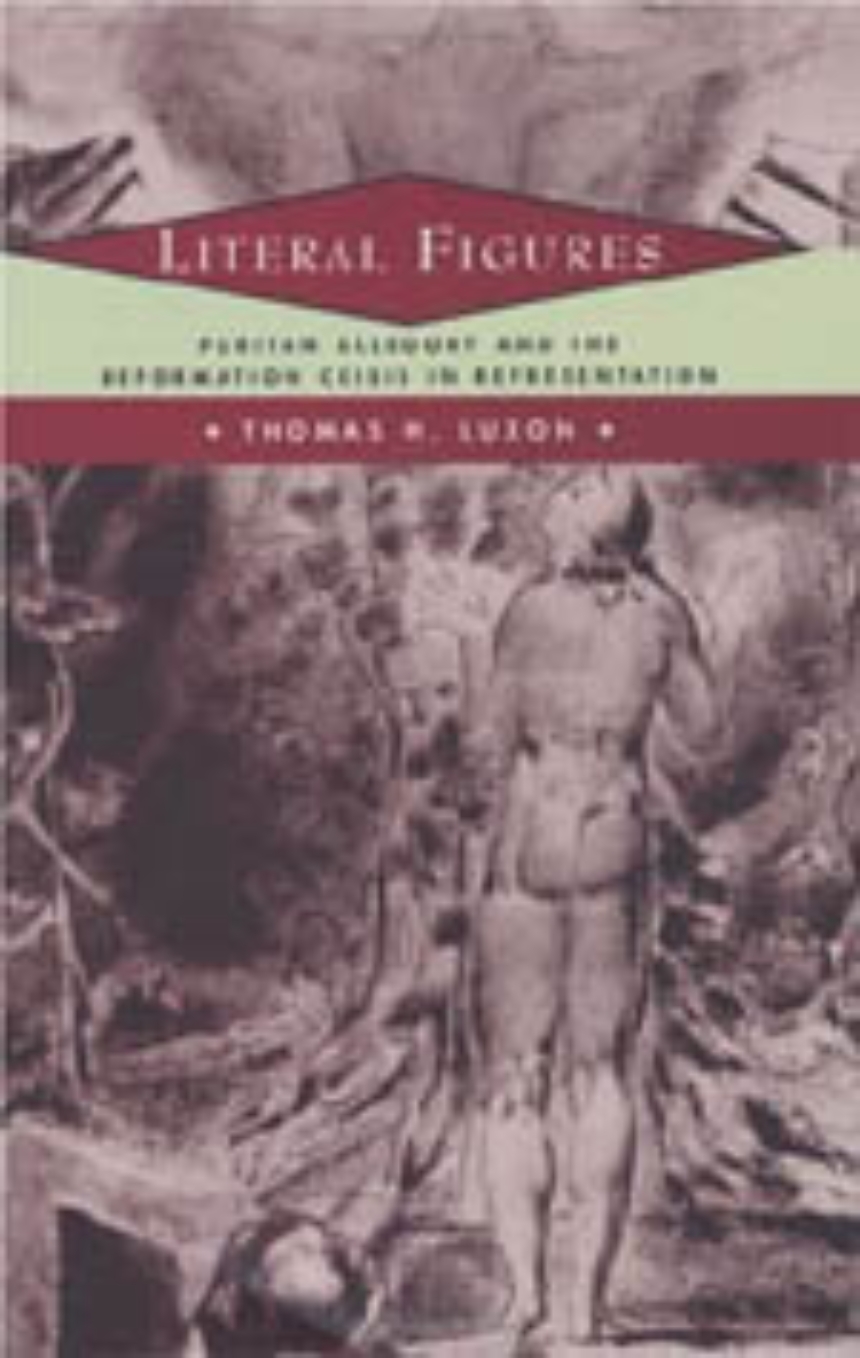Literal Figures
Puritan Allegory and the Reformation Crisis in Representation
Literal Figures is the most important work on John Bunyan to appear in many years, and a significant contribution to the history and theory of representation. Beginning with mainstream Puritan responses to a challenge to orthodoxy—a man who claims he has been literally transformed into Christ and his companion who claims to be the "Spouse of Christ"—and concluding with an analysis of The Pilgrim’s Progress, which John Bunyan described as a "fall into Allegory," Thomas Luxon presents detailed analyses of key moments in the Reformation crisis of representation.
Why did Puritan Christianity repeatedly turn to allegorical forms of representation in spite of its own intolerance of "Allegorical fancies?" Luxon demonstrates that Protestant doctrine itself was a kind of allegory in hiding, one that enabled Puritans to forge a figural view of reality while championing the "literal" and the "historical". He argues that for Puritanism to survive its own literalistic, anti-symbolic, and millenarian challenges, a "fall" back into allegory was inevitable. Representative of this "fall," The Pilgrim’s Progress marks the culminating moment at which the Reformation’s war against allegory turns upon itself. An essential work for understanding both the history and theory of representation and the work of John Bunyan, Literal Figures skillfully blends historical and critical methods to describe the most important features of early modern Protestant and Puritan culture.
Why did Puritan Christianity repeatedly turn to allegorical forms of representation in spite of its own intolerance of "Allegorical fancies?" Luxon demonstrates that Protestant doctrine itself was a kind of allegory in hiding, one that enabled Puritans to forge a figural view of reality while championing the "literal" and the "historical". He argues that for Puritanism to survive its own literalistic, anti-symbolic, and millenarian challenges, a "fall" back into allegory was inevitable. Representative of this "fall," The Pilgrim’s Progress marks the culminating moment at which the Reformation’s war against allegory turns upon itself. An essential work for understanding both the history and theory of representation and the work of John Bunyan, Literal Figures skillfully blends historical and critical methods to describe the most important features of early modern Protestant and Puritan culture.
257 pages | 5-1/2 x 8-1/2 | © 1995
Literature and Literary Criticism: British and Irish Literature
Religion: Religion and Literature
Table of Contents
Preface
1: "Not I, but Christ": The Puritan Self—Escape from Allegory?
2: Allegory versus Typology: The Figural View of History
3: "Which Things Are an Allegory": Being a Son of God
4: Reading the Self: Biblical and Pauline Stories of Identity
5: "Other Mens Words" and "New Birth": Bunyan’s Anti-Hermeneutics of Experience
6: Faring Otherwise: Allegory and Experience in The Pilgrim’s Progress
Notes
Index
1: "Not I, but Christ": The Puritan Self—Escape from Allegory?
2: Allegory versus Typology: The Figural View of History
3: "Which Things Are an Allegory": Being a Son of God
4: Reading the Self: Biblical and Pauline Stories of Identity
5: "Other Mens Words" and "New Birth": Bunyan’s Anti-Hermeneutics of Experience
6: Faring Otherwise: Allegory and Experience in The Pilgrim’s Progress
Notes
Index
